Discover 35 hidden attractions, cool sights, and unusual things to do in Palo Alto (United States). Don't miss out on these must-see attractions: Stanford Memorial Church, Museum of American Heritage, and Stanford Dish. Also, be sure to include Cantor Arts Center in your itinerary.
Below, you can find the list of the most amazing places you should visit in Palo Alto (California).
Table of Contents
Stanford Memorial Church
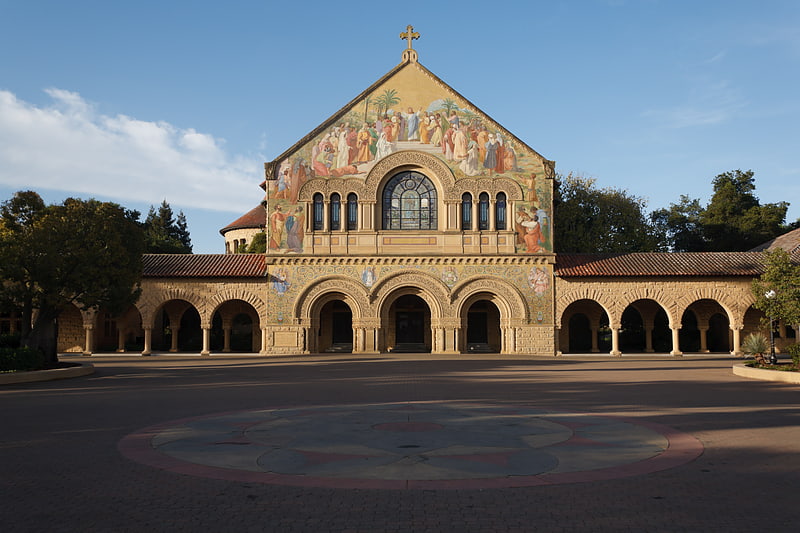
Church in Stanford, California. Stanford Memorial Church is located on the Main Quad at the center of the Stanford University campus in Stanford, California, United States. It was built during the American Renaissance by Jane Stanford as a memorial to her husband Leland. Designed by architect Charles A. Coolidge, a student of Henry Hobson Richardson, the church has been called "the University's architectural crown jewel".
Designs for the church were submitted to Jane Stanford and the university trustees in 1898, and it was dedicated in 1903. The building is Romanesque in form and Byzantine in its details, inspired by churches in the region of Venice, especially, Ravenna. Its stained glass windows and extensive mosaics are based on religious paintings the Stanfords admired in Europe. The church has five pipe organs, which allow musicians to produce many styles of organ music. Stanford Memorial Church has withstood two major earthquakes, in 1906 and 1989, and was extensively renovated after each.
Stanford Memorial Church was the earliest and has been "among the most prominent" non-denominational churches on the West Coast of the United States. Since its dedication in 1903, the church's goal has been to serve the spiritual needs of the university in a non-sectarian way. The church's first chaplain, David Charles Gardner, began a tradition of leadership which has guided the development of Stanford University's spiritual, ethical, and academic relation to religion. The church's chaplains were instrumental in the founding of Stanford's religious studies department, moving Stanford from a "secular university" at the middle of the century to "the renaissance of faith and learning at Stanford" in the late 1960s, when the study of religion at the university focused on social and ethical issues like race and the Vietnam War.[1]
Museum of American Heritage
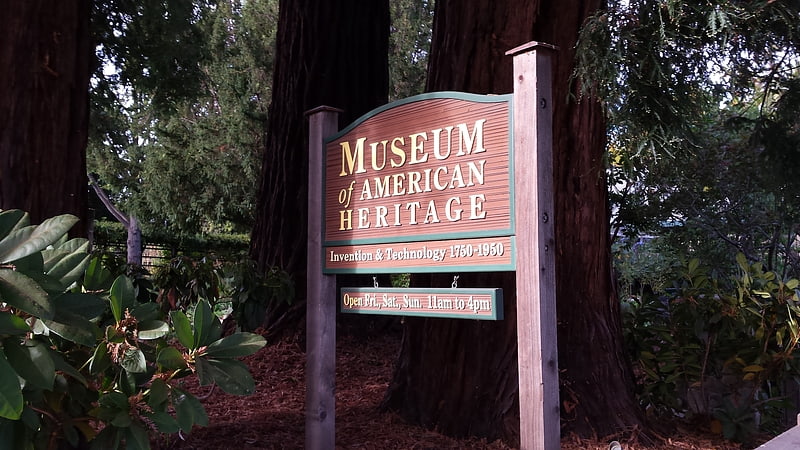
Museum in Palo Alto, California. The Museum of American Heritage is a museum in Palo Alto, California. It is dedicated to the preservation and display of electrical and mechanical technology and inventions from the 1750s through the 1950s. The museum has a large collection of artifacts that are generally not accessible to the public. Selections from the collection are displayed in a historic house at 351 Homer Ave, Palo Alto, California. MOAH is a 501 non profit organization and a member of the American Alliance of Museums.[2]
Address: 351 Homer Ave, 94301-2727 Palo Alto (Palo Alto)
Stanford Dish
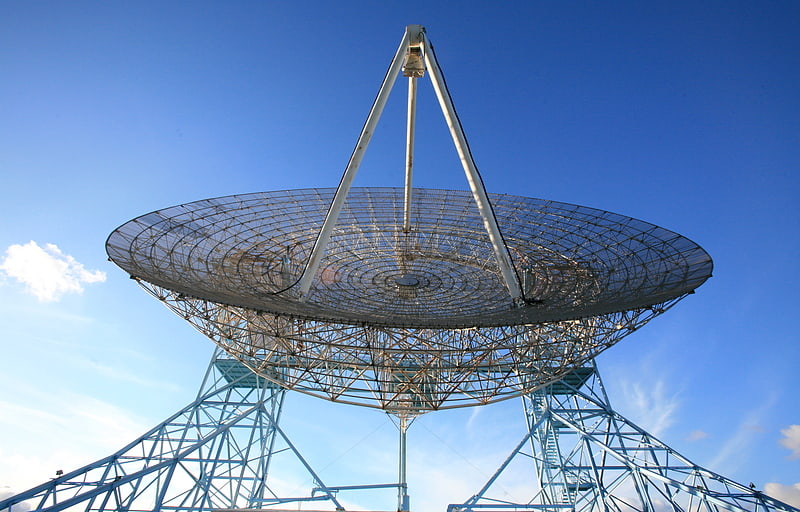
Landmark in Santa Clara County, California. The Dish, also known as the Stanford Dish, is a radio antenna in the Stanford foothills. The 150-foot-diameter dish was built in 1961 by the Stanford Research Institute. The cost to construct the antenna was $4.5 million, and was funded by the United States Air Force. In the 1960s the Dish was used to provide information on Soviet radar installations by detecting radio signals bounced off the moon.
Later on, the Dish was used to communicate with satellites and spacecraft. With its unique bistatic range radio communications, where the transmitter and receiver are separate units, the powerful radar antenna was well-suited for communicating with spacecraft in regions where conventional radio signals may be disrupted.
At one point, the Dish transmitted signals to each of the Voyager craft that NASA dispatched into the outer reaches of the solar system. In 1982 it was used to rescue the amateur radio satellite UoSAT-1.[3]
Cantor Arts Center
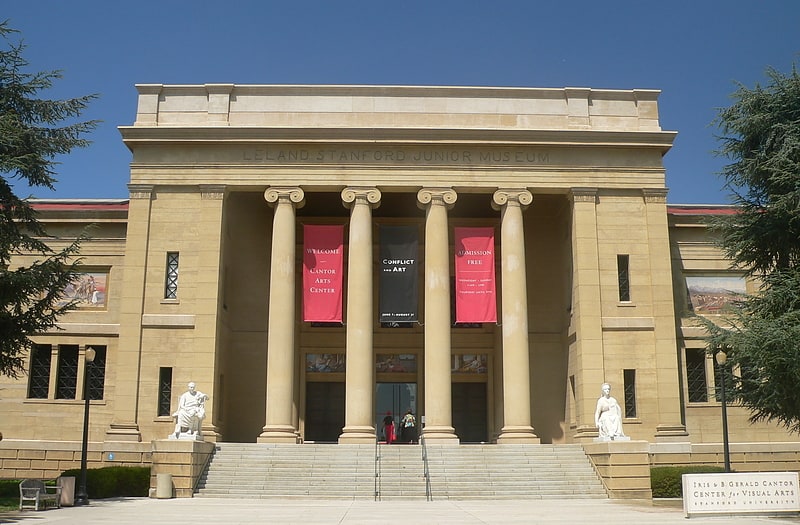
Museum in Stanford, California. The Iris & B. Gerald Cantor Center for Visual Arts at Stanford University, formerly the Stanford University Museum of Art, and commonly known as the Cantor Arts Center, is an art museum on the campus of Stanford University in Stanford, California. The museum first opened in 1894 and consists of over 130,000 sq ft of exhibition space, including sculpture gardens. The Cantor Arts Center houses the largest collection of sculptures by Auguste Rodin outside of Paris, with 199 works, most in bronze but others in different media. The museum is open to the public and charges no admission.[4]
Address: 328 Lomita Dr, 94305 Stanford
White Memorial Fountain
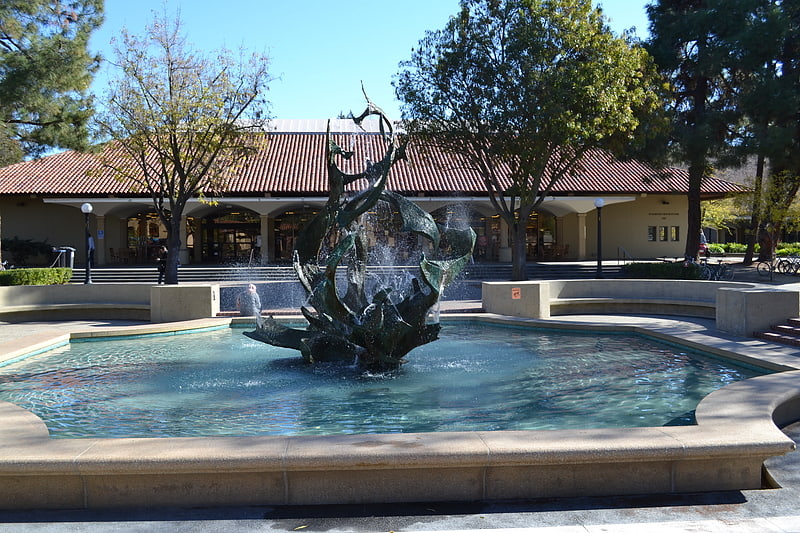
Fountain in Stanford, California. White Memorial Fountain, also known as The Claw, is a fountain by Aristides Demetrios on the Stanford University campus in Stanford, California, United States. It was installed in 1964, and Demetrios returned to restore the fountain in 2011. It has 65 jets.
The fountain was commissioned by Mr. and Mrs. Raymond B. White to commemorate their sons, William N. and John B. White II.[5]
Hoover Tower
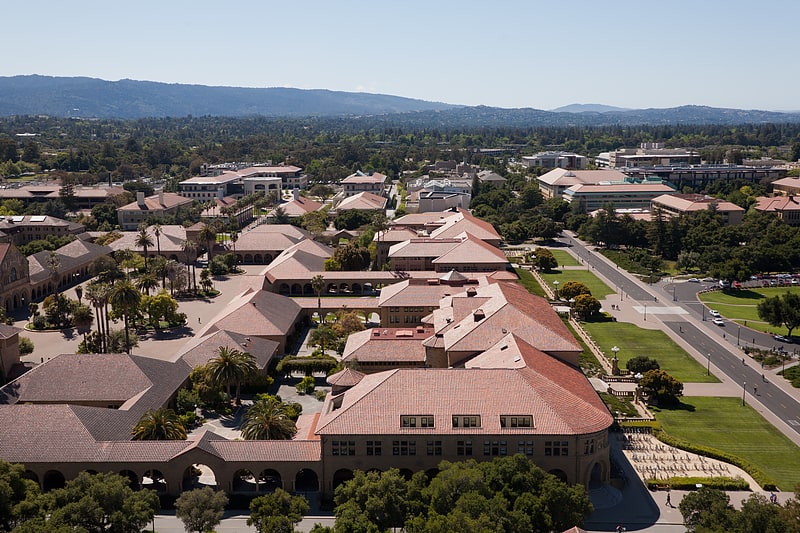
Tower in Stanford, California. Hoover Tower is a 285 feet structure on the campus of Stanford University in Stanford, California. The tower houses the Hoover Institution Library and Archives, an archive collection founded by Herbert Hoover before he became President of the United States. Hoover had amassed a large collection of materials related to early 20th century history; he donated them to Stanford, his alma mater, to found a "library of war, revolution and peace". Hoover Tower also houses the Hoover Institution research center and think tank.
Hoover Tower, inspired by the tower at the New Cathedral of Salamanca, was finished in 1941, the year of Stanford's 50th anniversary. It was designed by architect Arthur Brown, Jr.
The first nine floors of the tower are library stacks and the next three floors are used for offices. Exiled Aleksandr Solzhenitsyn lived on the 11th floor for some time upon invitation by Stanford University before he moved in 1976.
Hoover Tower receives approximately 200 visitors per day, and a nominal fee is charged for non-students or non-faculty. The observation deck platform is 250 feet (76 m) above the ground, and provides an expansive view of the Stanford University campus and surrounding area. On clear days it is possible to see all the way to the distant skyline of San Francisco. The tower's observation deck is open daily from 10:00 a.m. to 4:00 p.m. but closed during academic breaks and finals.
In December 1970, Hoover Tower was struck by lightning, causing a 300-pound ornamental concrete ball to fall from the top of the tower onto a parking lot. In August 2020 the concrete ball at the tower's tip was struck down by an electric storm again, scattering into multiple pieces.[6]
Address: Stanford University, 95319 Palo Alto
Stanford Theatre

Movie theater in Palo Alto, California. The Stanford Theatre is a classical independent movie theater in Palo Alto, California. It was designed and built in the 1920s as a movie palace styled in neoclassical Persian and Moorish architecture. Today it specializes in films produced between 1910 and 1970 and seasonal programs typically include film festivals for various genres, directors, and actors, such as Alfred Hitchcock, Bette Davis, and Cary Grant. The Stanford Theatre frequently accounts for as much as twenty-five percent of all classic film attendance in the United States.
The Theatre has a "The Mighty Wurlitzer Organ" theatre organ made by Rudolph Wurlitzer Company. The organ is played live during intermissions, as well as to accompany silent films.[7]
Address: Palo Alto, 221 University Avenue, Palo Alto, CA 94022
HP Garage
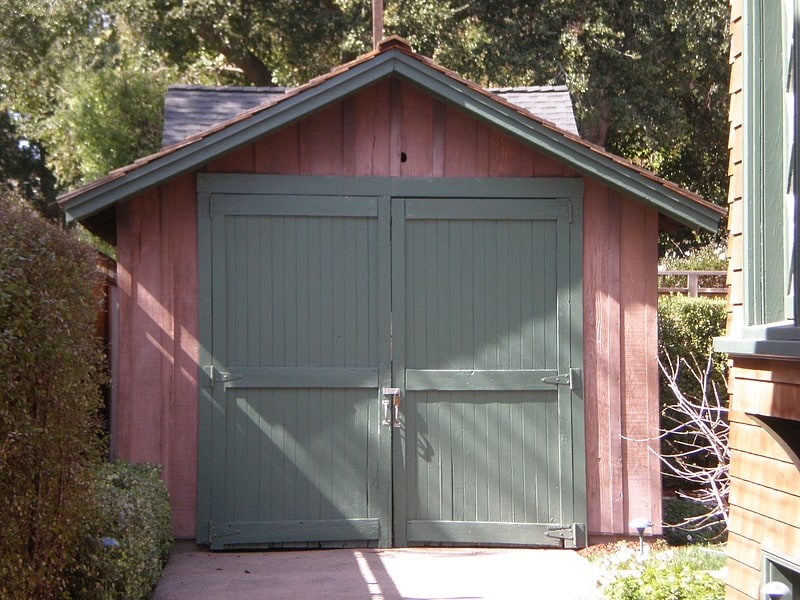
Historic garage where HP got its start. The HP Garage is a private museum where the company Hewlett-Packard was founded. It is located at 367 Addison Avenue in Palo Alto, California. It is considered to be the "Birthplace of Silicon Valley". In the 1930s, Stanford University and its Dean of Engineering Frederick Terman began encouraging faculty and graduates to stay in the area instead of leaving California, and develop a high-tech region. HP founders Bill Hewlett and David Packard are considered the first Stanford students who took Terman's advice.
The garage has since been designated a California Historical Landmark and is listed on the National Register of Historic Places. Though not open for public tours, the property can be viewed from the sidewalk and driveway.[8]
Address: 367 Addison Ave, 94301-2706 Palo Alto (Palo Alto)
Papua New Guinea Sculpture Garden
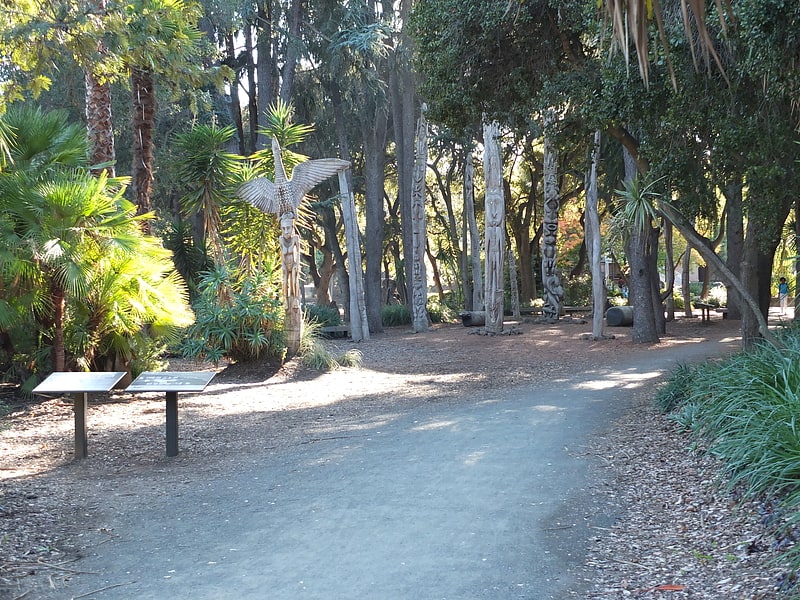
Park in California. In 1994, Jim Mason, a graduate student in the Department of Anthropology at Stanford University, arranged for two groups of men from the Sepik River region of Papua New Guinea to carve the New Guinea Sculpture Garden at Stanford University. The men were from several communities or villages of the Iatmul people and the Kwoma people.
The New Guinea Sculpture Garden is located in a small, wooded grove on the Stanford campus next to a dormitory. In addition to wooden and stone artworks, the garden also features landscaping and plants organized by Wallace M. Ruff, Professor Emeritus of Landscape Architecture, University of Oregon, and research fellow in the Department of Architecture and Building, Papua New Guinea University of Technology, Lae, Papua New Guinea. He was assisted by one of his students, Kora Korawali. The landscaping evokes the Sepik environment – river flanked by embankments - as well as the central plaza in Sepik villages, in front of an all-male cult house or men’s house, which are used for the staging of rituals.
The entrance to the garden is an open space, like the Sepik flood plain. But visitors quickly stroll into a forest of sculptures and trees reminiscent of a majestic Sepik cult house.
The garden is roughly organized into four zones. Near the entrance is a large, wooden eagle atop the shoulders of an ancestresses. This statue resembles the finials that often adorn Iatmul cult houses. Behind the eagle is a cluster of about a dozen, enormously tall wooden poles carved with exquisitely elaborate Iatmul and Kwoma motifs and patterns. A series of brightly painted Kwoma poles forms another aesthetic cluster, while the third area of the garden consists of large sculptures in pumice, an entirely new medium for the carvers since stone is rare in the Sepik flood plain. At night, the objects are aglow from ground-level spot lights.
The stone sculptures largely represent Sepik mythological creatures modeled after Western sculptures found elsewhere on the Stanford campus. The carved poles subtly blend traditional and modem motifs so that, for example, ancestresses wear grass skirts. Many of the carvings beautifully wind around the natural contours of the wood, a sense of three-dimensionality that was not traditionally incorporated into Sepik carving. One of the most brilliant works in the garden is a bare pole that contains only a hint of the sculpture it might have become. This work, titled "untitled,” expresses the processual aspects of the garden, and the unfinalizability and partiality of any interpretation.
The garden wonderfully plays with themes of light and shadow, revelation and concealment, nature and culture. It is and is not mysterious, contemplative, quiet, and surreal.
The logistics of the project were enormous. Mason raised $250,000 in individual donations. One could sponsor a fern for $250, a palm tree for $500, a bench for $750, and so forth. Large donations are acknowledged, like the artworks themselves, by name. Corporate donors included Bechtel Corporation, Chevron, and Airnuigini, the national airline of Papua New Guinea. Funds were also supplied by the National Endowment for the Humanities, Stanford University, and affluent Palo Alto families. The university allowed the garden a permanent site. Mason arranged for several dozen hardwood trees to be shipped to the campus from Asia. The ten woodcarvers were flown to California from the Sepik by way of Hong Kong, a journey that far exceeded any of their previous travels. Once they arrived, the carvers were the toast of Palo Alto and multicultural Stanford. They dined at catered events in mansions and performed with African-American drummers outside dormitories. The carvers, working on a six-month educational visa, were given local donations by individuals, organizations, and businesses of food, medical care, clothing, transportation, recreation, materials, and a trip to Disneyland. One of the Iatmul artists, Teddy Balangu from Palimbei village, later was an artist-in-residence at the Museum of Anthropology at UBC (University of British Columbia). He also spent time at Alcheringa Gallery in Victoria, British Columbia.
The "spirit of the project" framed the carvers as "artists" and not as exotic, anonymous specimens of primitive savagery and mystery. By labeling the men as "master carvers", the project positioned them in Western category defined by rare artistic genius, a category defined by the very terms of connoisseurship that once marginalized Melanesian art as something less refined than Western masterpieces or so-called "high art". This way, visitors approached the carvers and their works not as primitives and crafts but as authentic artists and art.
However, in Iatmul society, there is no comparable category of "master carver" in the local lexicon or social structure. Ironically, then, the garden fostered the Western appreciation of non-Western art by substituting one western category for another. One of the great aesthetic joys of the sculpture garden is the visual contemplation of the ironies that arise from the cross-cultural dialogue and categorization of artworks in the contemporary, transnational or globalized world.
A goal of the project was not to recreate a traditional Melanesian setting but, as Mason himself reported, to create "an opportunity to experiment with and reinterpret New Guinea aesthetic perspectives within the new context of a Western public art space." The carvers, it was hoped, would blend traditional, Sepik River themes with the ideals of Western modern art such as individualistic expression and the creation of art solely for a contemplative gaze (so-called "art for art's sake"). That is, the carvers were given an opportunity to "break free", in a sense, from the conventional aesthetic constraints of the village in the Papua New Guinea – to create art not possible in a Sepik River setting.
Much of the success of the project resulted from the interplay of different yet not-necessarily compatible cross-cultural categories: Melanesia/West, traditional/modern, art/culture, and so forth. Thus the men were brought to Stanford University on the basis of their Sepik River or Papua New Guinean identity; but once there, they were encouraged to think of themselves not as Papua New Guineans but as artists. Moreover, the artists were given considerable input into the project, thus intentionally dispersing "curatorial authority" such that, in contrast to most museums, the "tribal" artists are lent considerable "voice" in the final display of their works, and in choose how and what works to display. Similarly, the garden foregrounds the individuality of the artists – identifying them by name on each piece, which rarely, if ever, occurs in museum displays of "traditional" tribal art.
An essential part of the six-month process was a variety of collaborative programs: daily site tours, bamboo flute performances by the carvers, a public lecture series, Friday night barbeques, "story-time" with the artists, and outreach programs for school children, such as on-site bark painting. These interactive encounters are vital to the authenticity of the works.
The sculptures that received the greatest amount of press and attention were two carvings in wood and pumice respectively that intentionally resemble Rodin sculptures displayed elsewhere on the Stanford campus, The Thinker and The Gates of Hell. Both sculptures were carved by the two Iatmul men from Tambunum village. According to Simon, when he saw The Thinker in the Iris & B. Gerald Cantor Center for Visual Arts on campus, he thought to himself, "I can do this - even better!"
The Papua New Guinea Sculpture Garden has its own Facebook page.[9]
Address: Lomita Dr, Palo Alto
Stanford Mausoleum
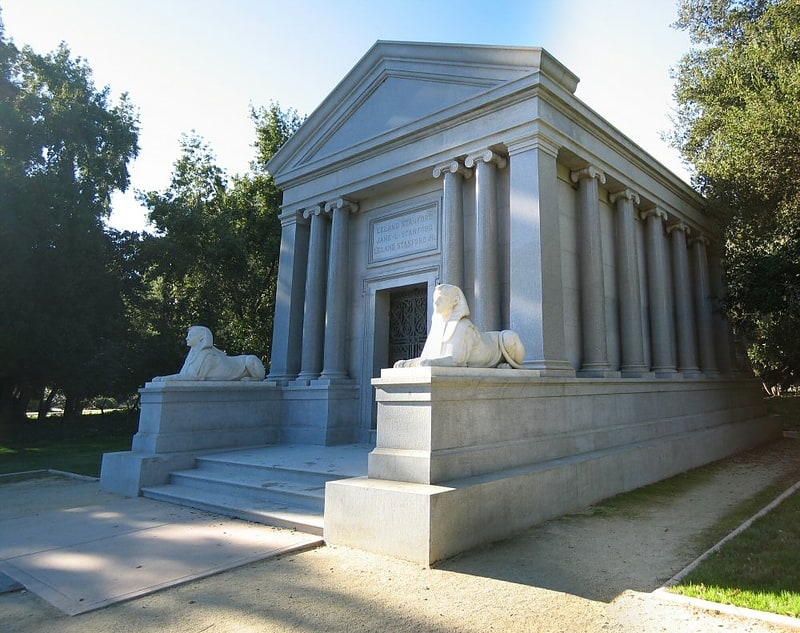
Museum in Stanford, California. The Stanford Mausoleum, located in the Northwest of the Stanford University campus in the Stanford University Arboretum, holds the remains of the university's namesake Leland Stanford, Jr. and his parents Leland and Jane Stanford.
Once per year, the mausoleum is opened to the public and a wreath laid (usually in October during the reunion weekend) as part of the annual Founders' Day activities.[10]
Address: Stanford Arboretum, 94305 Stanford
Arizona Cactus Garden
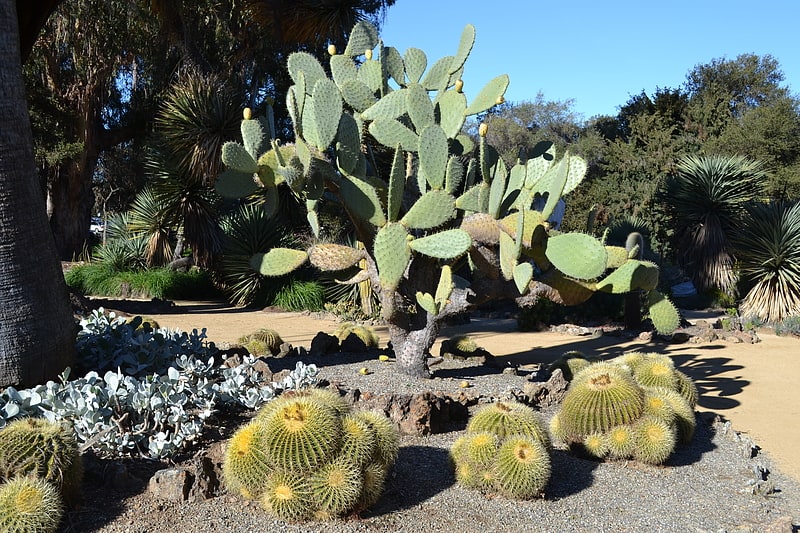
Garden in Stanford, California. The Arizona Cactus Garden, or, officially, Arizona Garden, also known as the Cactus Garden, is a small botanical garden specializing in cactus and succulents. It is located on the campus of Stanford University, Stanford, California, USA, and open to the public daily without charge.[11]
Palo Alto Junior Museum and Zoo
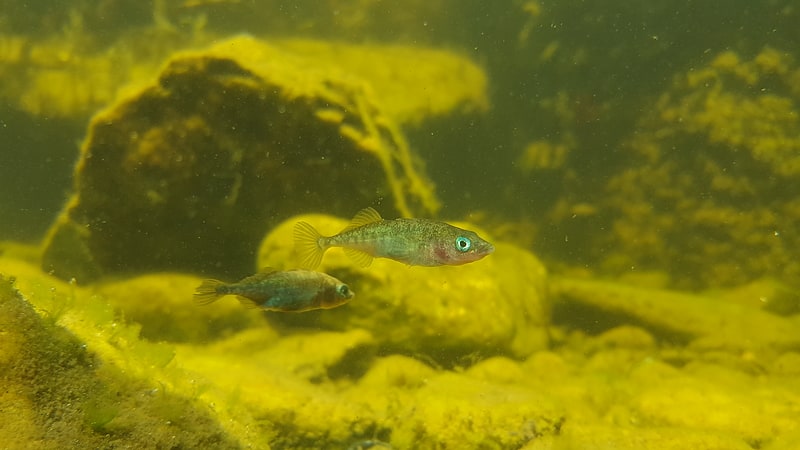
Zoo in Palo Alto, California. Palo Alto Junior Museum and Zoo is located in Palo Alto, California and part of the City of Palo Alto's Community Services Department. It was founded in 1934 by Josephine O’Hara in the basement of a local elementary school. The small zoo holds approximately 200 species of mostly indigenous wildlife such as bobcats, raccoons, hedgehogs, ducks, bats, snakes and more. The museum has an interactive scientific exhibition that is changed every few years. They offer science classes to local students, over 14,000 students a year.
In December 2017, Palo Alto's City Council unanimously approved plans for a $25 million reconstruction project. The museum is expected to re-open to the public in 2020.[12]
Address: 4050 Middlefield Rd, 94303 Palo Alto (Palo Alto)
Stanford University
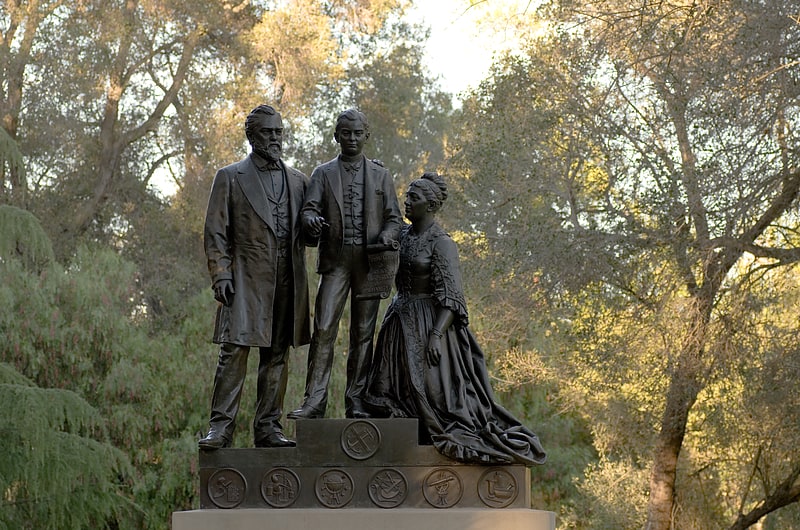
Private university in Stanford, California. Stanford University, officially Leland Stanford Junior University, is a private research university located in the census-designated place of Stanford, California, near the city of Palo Alto. The campus occupies 8,180 acres, among the largest in the United States, and enrolls over 17,000 students. Stanford is ranked among the top universities in the world.
Stanford was founded in 1885 by Leland and Jane Stanford in memory of their only child, Leland Stanford Jr. who had died of typhoid fever at age 15 the previous year. Leland Stanford was a U.S. senator and former governor of California who made his fortune as a railroad tycoon. The school admitted its first students on October 1, 1891, as a coeducational and non-denominational institution. Stanford University struggled financially after the death of Leland Stanford in 1893 and again after much of the campus was damaged by the 1906 San Francisco earthquake. Following World War II, provost Frederick Terman supported faculty and graduates' entrepreneurialism to build self-sufficient local industry in what would later be known as Silicon Valley.
The university is organized around seven schools: three schools consisting of 40 academic departments at the undergraduate level as well as four professional schools that focus on graduate programs in law, medicine, education, and business. All schools are on the same campus. Students compete in 36 varsity sports, and the university is one of two private institutions in the Division I FBS Pac-12 Conference. Stanford has won 137 NCAA team championships, more than any other university, and was awarded the NACDA Directors' Cup for 25 consecutive years, beginning in 1994–1995. In addition, by 2021, Stanford students and alumni had won at least 296 Olympic medals including 150 gold and 79 silver medals.
As of April 2021, 85 Nobel laureates, 29 Turing Award laureates, and eight Fields Medalists have been affiliated with Stanford as students, alumni, faculty, or staff. In addition, Stanford is particularly noted for its entrepreneurship and is one of the most successful universities in attracting funding for start-ups. Stanford alumni have founded numerous companies, which combined produce more than $2.7 trillion in annual revenue and have created 5.4 million jobs as of 2011, roughly equivalent to the 7th largest economy in the world (as of 2020). Stanford is the alma mater of one president of the United States (Herbert Hoover), 74 living billionaires, and 17 astronauts. It is also one of the leading producers of Fulbright Scholars, Marshall Scholars, Rhodes Scholars, and members of the United States Congress.[13]
Address: 450 Serra Mall, 94305-2004 Palo Alto
El Palo Alto
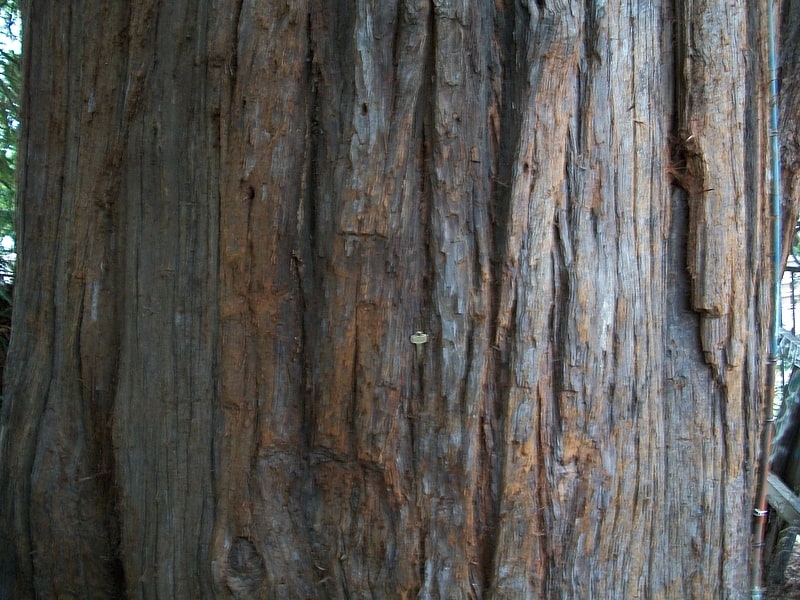
Tiny park with a sequoia tree and a trail. El Palo Alto is a coastal redwood tree located in El Palo Alto Park on the banks of San Francisquito Creek in Palo Alto, California, United States. It is famous for its historical significance and as the namesake of the city of Palo Alto.
In July 2016, El Palo Alto was 110 feet (33.5 meters) in height, down from 162.2 feet (49.4 meters) in 1814. Its top progressively died from 1865 to 1955 from lowering of the water table so that its roots could no longer reach sustenance. The landmark redwood is 90 inches (2.3 meters) in diameter, and has a crown spread of 40 feet (12 meters). In 1955, an increment boring of the tree was taken and the tree's age was accurately determined to be 1,015 years. El Palo Alto originally had 3 trunks. It is unknown what happened to the first trunk; it remains as a stump attached to the current trunk. The second trunk fell in 1886, also for unknown reasons.[14]
Address: 117 Palo Alto Ave, Palo Alto (Palo Alto)
Tanner Fountain

Tanner Fountain is a fountain on the Stanford University campus in Stanford, California, United States. Located between Hoover Tower and Memorial Auditorium, the fountain was installed in 1977, having been donated by Obert Tanner and his wife to commemorate their son. The couple was planning to fund the project since 1972, and installation and landscaping cost less than $250,000.[15]
Palo Alto Art Center
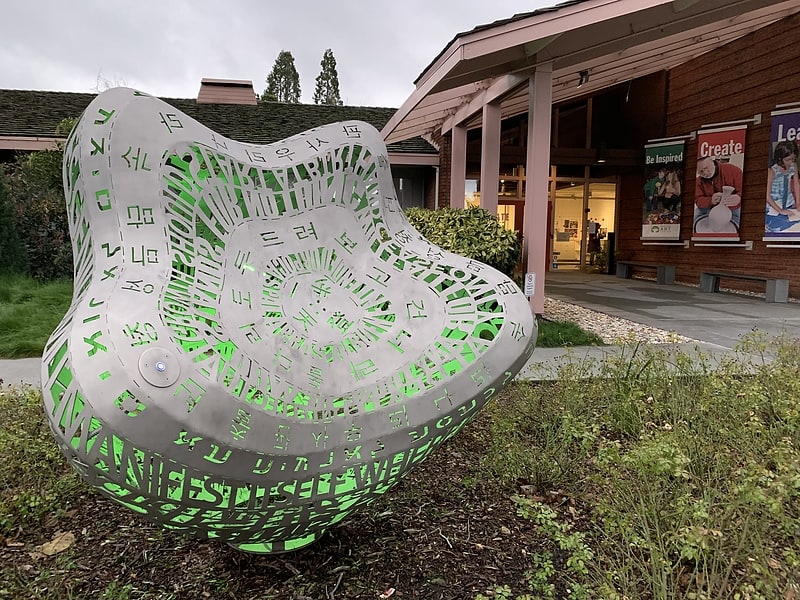
Art center in Palo Alto, California. The Palo Alto Art Center is a multi-purpose center open to the public for art activities for all ages, located at 1313 Newell Road in Palo Alto, California. It is managed by the City of Palo Alto, California and supported by the non-profit Palo Alto Art Center Foundation. The center is located adjacent to Rinconada Park and the Rinconada Public Library.[16]
Address: 1313 Newell Rd, 94303 Palo Alto (Palo Alto)
John Adam Squire House
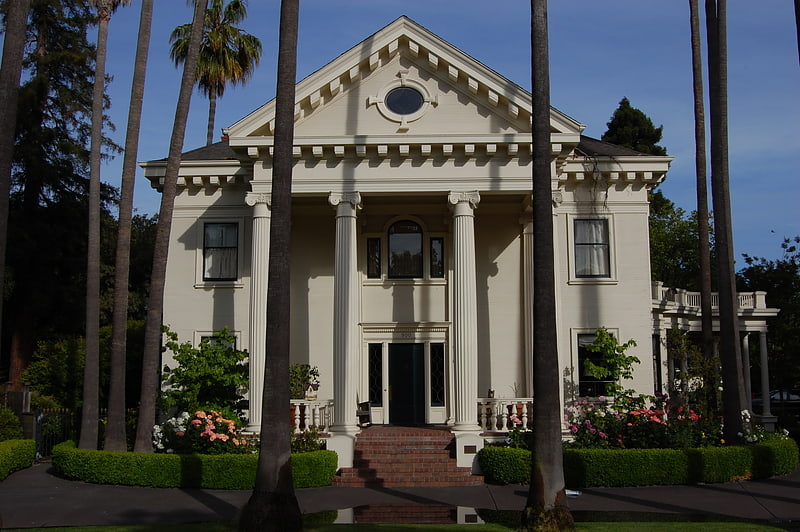
The John Adam Squire House is a historic house in Palo Alto, California. It was built in 1904-1905 for John Adam Squire, a Greek professor. Squire lived here with his wife Georgina and their three daughters until his death in 1930. His wife died in 1959.
The house was designed by architect T. Paterson Ross in the Neoclassical architectural style. It has been listed on the National Register of Historic Places since March 6, 1972.[17]
Address: 900 University Avenue, Palo Alto (Palo Alto)
Main Quad
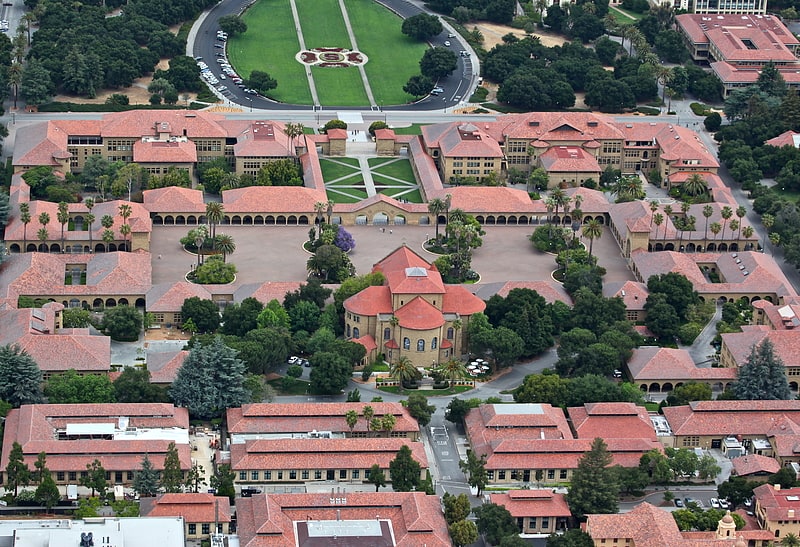
Building complex in Palo Alto, California. The Main Quadrangle, or more commonly Main Quad or simply Quad, is the heart and oldest part of Stanford University in California. The collection of connected buildings was started in 1887 and completed in 1906. The Quad was damaged in the 1906 earthquake, repaired, less severely damaged in an 1989 earthquake, and repaired again. The exteriors have remained almost the same since the beginning, though the interiors of most of the buildings have changed radically. The Main Quad is still used for its original purposes of teaching, research, and administration.[18]
Address: 331 Grand Ave, Palo Alto
Old Union Fountain
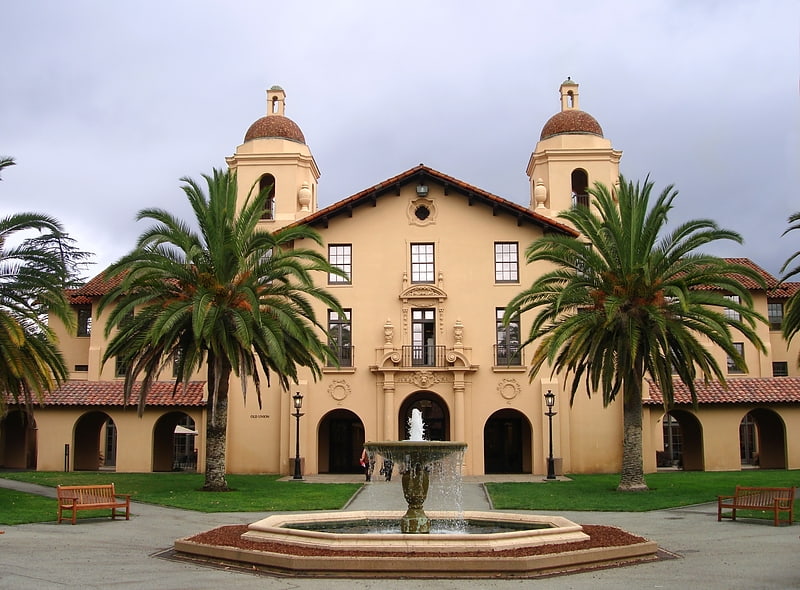
Fountain in Stanford, California. Old Union Fountain is a fountain on the Stanford University campus in Stanford, California, United States. The fountain exhibits traditional mission style architecture, and is one of several on campus used in the tradition of "fountain hopping".[19]
Stanford University Arboretum
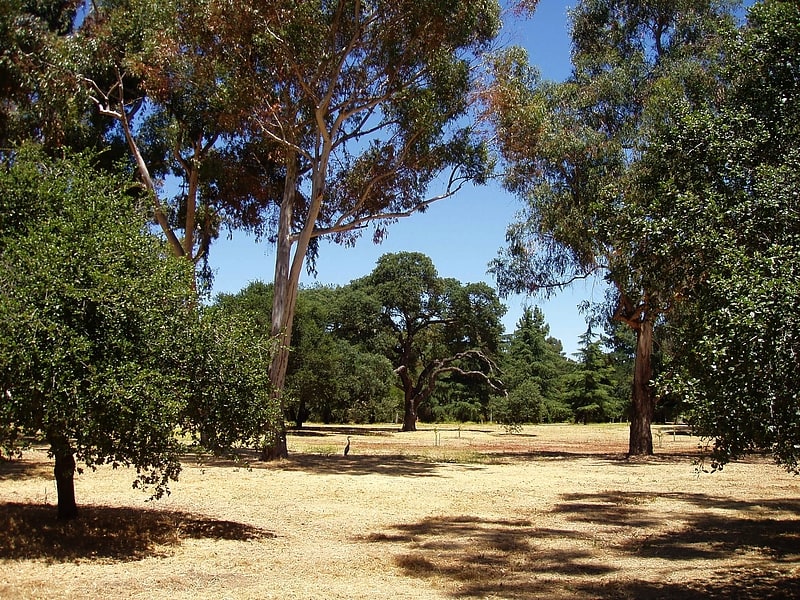
Arboretum in Stanford, California. The Stanford University Arboretum is an arboretum located on the grounds of Stanford University in Stanford, California. It is open to the public daily without charge.[20]
Alta Mesa Memorial Park
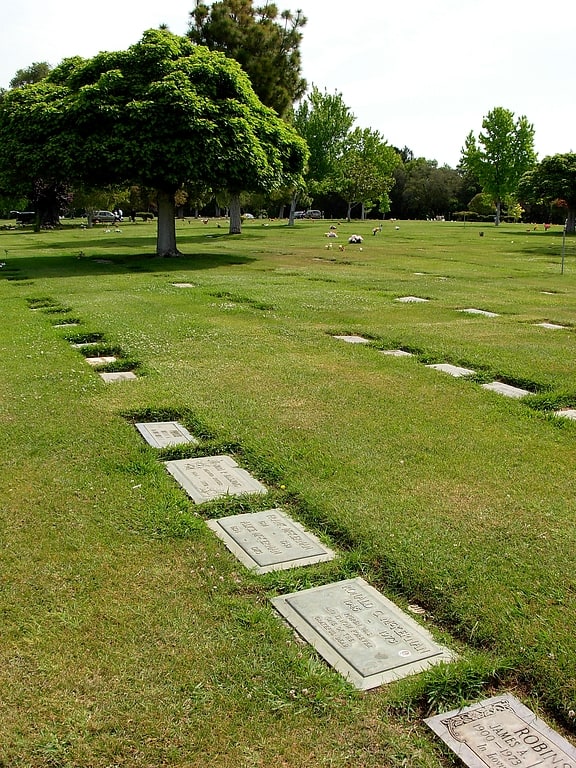
Burial ground. Alta Mesa Memorial Park is a non-denominational burial ground located in Palo Alto, Santa Clara County, California. It was established in 1904 as a 72-acre cemetery. It includes traditional burial plots, a mausoleum and a columbarium.[21]
Address: 695 Arastradero Rd, 94306 Palo Alto (Palo Alto)
Lake Lagunita
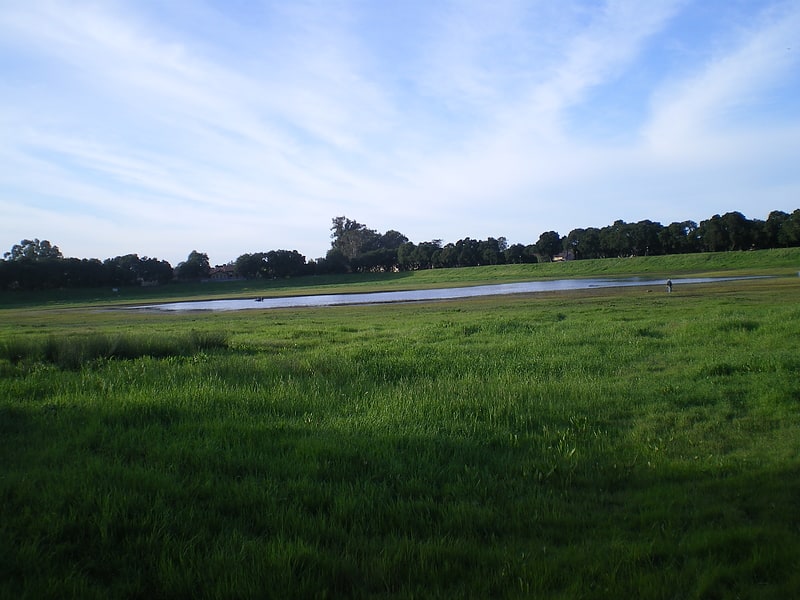
Lake in California. Lake Lagunita, informally referred to as Lake Lag, is an artificial dry lake in Stanford University, California, located on the western side of the Stanford campus near the Lagunita residences. It was created in c. 1870 to provide irrigation for Palo Alto Stock Farm.[22]
Hanna–Honeycomb House

The Hanna–Honeycomb House, also known as simply the Hanna House, located on the Stanford University campus in Stanford, California, United States, was Frank Lloyd Wright's first work in the Bay Area and his first work with non-rectangular structures. The house was chosen by the American Institute of Architects as one of seventeen buildings by the architect to be retained as an example of his contribution to American culture. It was recognized as a National Historic Landmark on June 29, 1989.[23]
Address: 737 Frenchmans Rd, 94305-1004 Palo Alto
Bing Concert Hall
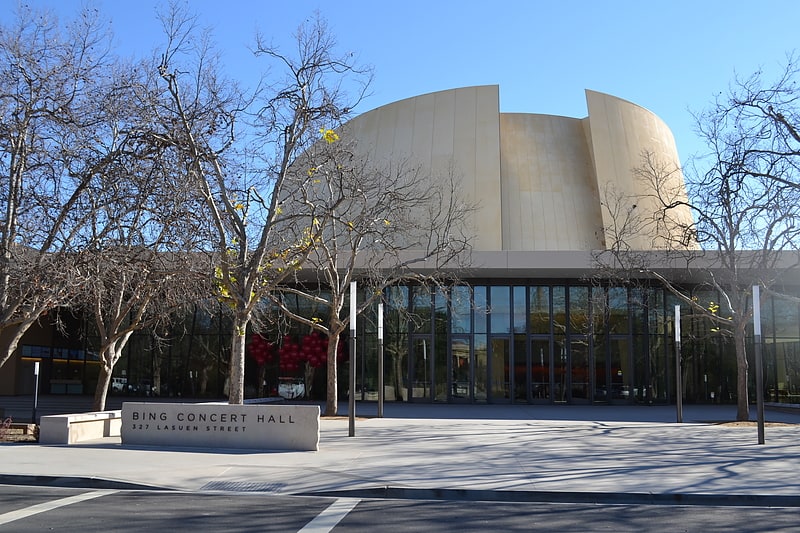
Concert hall in Stanford, California. Bing Concert Hall is a performing arts facility at Stanford University that opened in January 2013. The heart of the building is the oval-shaped concert hall, which has 842 seats arranged in a vineyard style surrounding the stage in terraces. All the seats are within 75 feet of the conductor, and the seats in the center section begin at the stage level. On the north side of the central concert hall is the smaller Bing Studio, which can be configured to accommodate a variety of performance types, e.g. cabaret, club, and theater.
The hall is named after Peter and Helen Bing, notable donors to Stanford who donated the lead gift of $50 million towards its construction Eventual construction cost was $111.9 million.
Bing Concert Hall was designed by Richard Olcott of Ennead Architects, with the acoustics done by Yasuhisa Toyota of Nagata Acoustics, who also worked on Walt Disney Concert Hall in Los Angeles, California and New World Symphony in Miami Beach, Florida.[24]
Address: Palo Alto, 327 Lasuen Street
Cecil H. Green Library

University library in Stanford, California. The Cecil H. Green Library is the main library on the Stanford University campus and is part of the SUL system. It is named for Cecil H. Green.
Green Library houses 4 million volumes, most of which are related to the humanities and social sciences. Libraries elsewhere on campus cover specialized areas such as Business, Law, Art, Medicine, or Engineering.
Books from Green and other Stanford libraries are being scanned as part of the Google Books project.[25]
Address: 557 Escondido Mall, Palo Alto
Stanford

Census-designated place in California. Stanford is a census-designated place in the northwest corner of Santa Clara County, California, United States and is the home of Stanford University. The population was 21,150 at the 2020 census.
Stanford is an unincorporated area of Santa Clara County and is adjacent to the city of Palo Alto.
The place is named after the Stanford University. Most of the Stanford University campus and other core University owned land is situated within the census-designated place of Stanford though the Stanford University Medical Center, the Stanford Shopping Center, and the Stanford Research Park are officially part of the city of Palo Alto. Its resident population consists of the inhabitants of on-campus housing, including graduate student residences and single-family homes and condominiums owned by their faculty inhabitants but located on leased Stanford land. A residential neighborhood adjacent to the Stanford campus, College Terrace, featuring streets named after universities and colleges, is neither part of the Stanford CDP nor owned by the University (except for a few individual houses) but is instead part of Palo Alto.[26]
Stanford Memorial Auditorium

Auditorium in Stanford, California. Memorial Hall, was built in 1937 to commemorate those students and faculty from Stanford University who died in World War I. Designed by Arthur Brown, Jr. in conjunction with Bakewell and Weihe, construction of the building was funded primarily through student contributions.
Prominent features of the building include a great central arched entry, large arched entries on the sides, covered colonnades on the sides, bare wall surfaces in rectangular segments, and a red tile roof typical of many Stanford buildings. In addition to containing a main auditorium with 1,700 seats (Memorial Auditorium proper), it also houses the drama department; Pigott Theater, a "little" theater with 200 seats; and Prosser Studio Theater, which seats 60. Some modifications to the auditorium's facade were made in 1997 by Sebastian and Associates, including new entry stairs, terrace, and accessibility ramp.
Memorial Auditorium, as the largest indoor performance space at Stanford, is the site of performances, major speeches, academic conferences and student activities. Hot Chips, a symposium on hardware chips sponsored by IEEE, is held each summer in MemAud. In terms of student activities, much of New Student Orientation takes place inside the auditorium; Flicks, the Stanford movie service, screens movies in MemAud once every week; and Gaieties, a major part of the Big Game activities, takes place there in the days before the actual game. Major speaker events are commonly held in MemAud because of its size, such as Martin Luther King Jr.'s "The Other America" speech on April 14, 1967, Soviet President Mikhail S. Gorbachev in 1990, and the Dalai Lama's visits in 2005 and 2010.[27]
Address: Stanford University, 94305 Stanford
Monte Bello Open Space Preserve
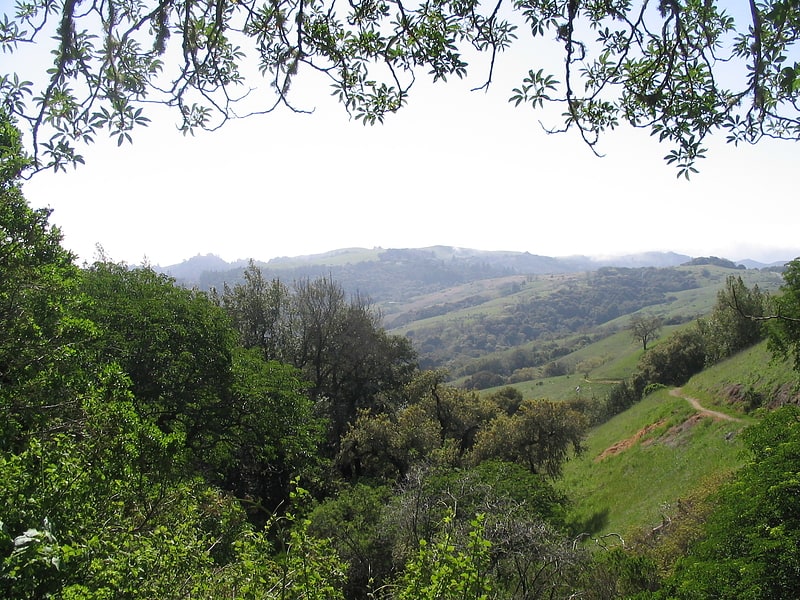
Nature preserve in Santa Clara County, California. Monte Bello Open Space Preserve is a 3,133-acre open space preserve, located near Palo Alto in the Santa Cruz Mountains, in San Mateo and Santa Clara Counties, California, United States. The preserve encompasses the upper Stevens Creek watershed in the valley between Monte Bello Ridge and Skyline Ridge. "Monte Bello" means "beautiful mountain" in Italian, and refers to Black Mountain which is the highest part of Montebello Ridge. The straight valley of upper Stevens Creek is also the rift valley of the San Andreas Fault.[28]
Baylands Nature Preserve
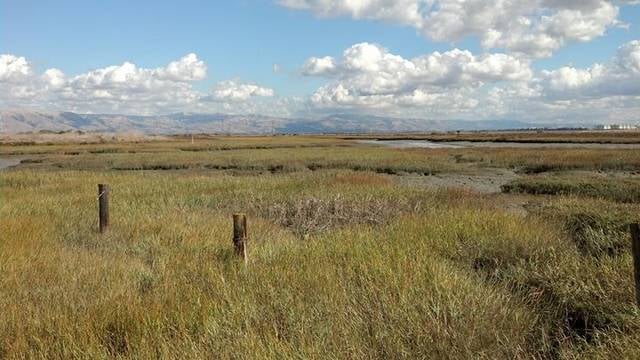
Park, Relax in park
Address: 2500 Embarcadero Way, 94303 Palo Alto (Palo Alto)
Stanford University Libraries
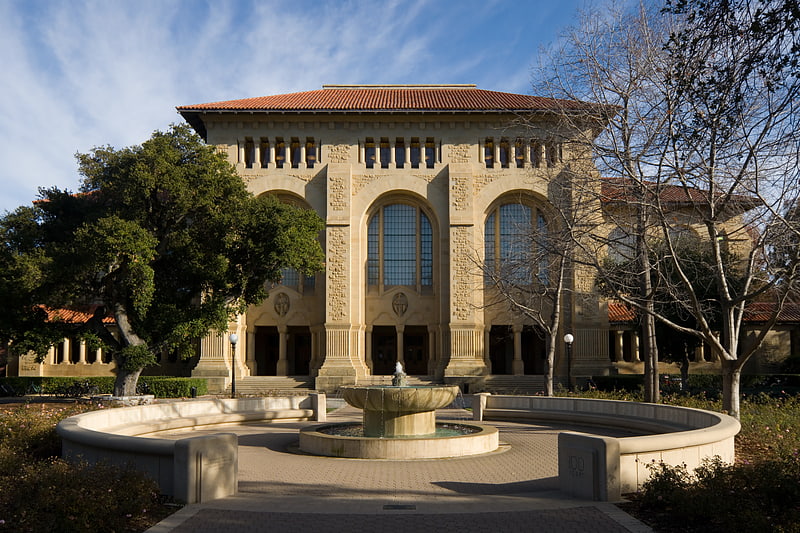
Public library. The Stanford University Libraries, formerly known as "Stanford University Libraries and Academic Information Resources", is the library system of Stanford University in California. It encompasses more than 24 libraries in all. Several academic departments and some residences also have their own libraries.[29]
James H. Clark Center
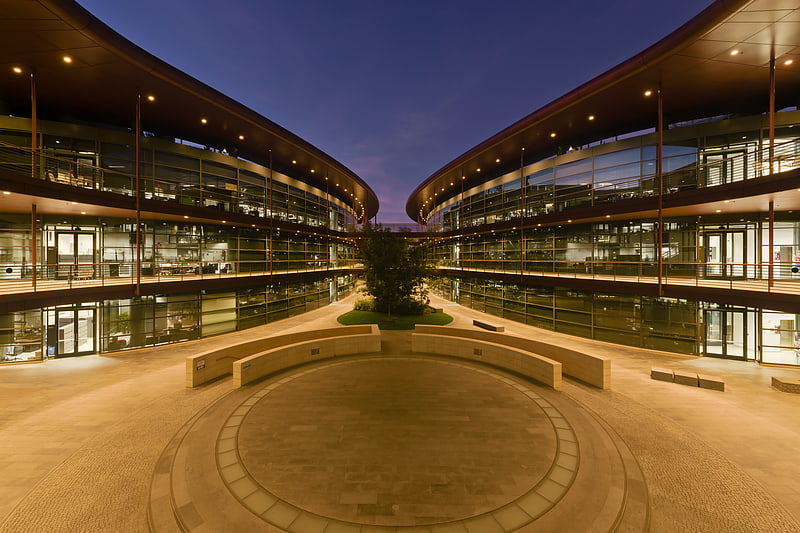
Research institute in Stanford, California. The James H. Clark Center at Stanford University, California, United States, is a building, completed in 2003, that houses interdisciplinary research in the biological sciences.[30]
Stanford Clock Tower
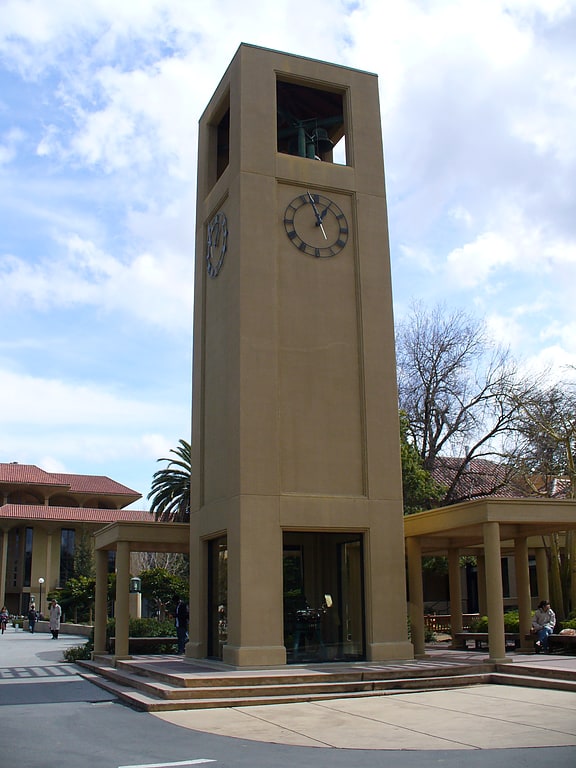
Tower in Stanford, California. The Stanford Clock Tower with its attached, colonnaded pergola is located at the so-called “Circle of Death” at the corner of Escondido and Lasuen Malls on the campus of Stanford University. It was built in 1983 by a donation from trustee William Kimball.
It holds the mechanical clock, built in 1901 by the Seth Thomas Clock Company, which was originally housed in Stanford Memorial Church’s large belfry. When the belfry collapsed in the 1906 earthquake, the university preserved the chimes in temporary structures near the church, where they continued to chime the hours. (During the 1950s and 1960s the chimes were heard to strike 13 times at noon, possibly the result of a student prank.) In 1983 the clock and chimes were rehoused in the current clock tower.
The clock mechanism still needs to be hand-cranked twice a week. In 1997 a new temperature-compensating pendulum designed by engineering students was installed to eliminate errors in time-keeping caused by temperature changes.
On May 10, 1983, when then-Stanford president Donald Kennedy unveiled the new clock tower, he burst out laughing: the clock's west face had been covered with Mickey Mouse's face and hands by an unknown prankster.[31]
Lathrop Library
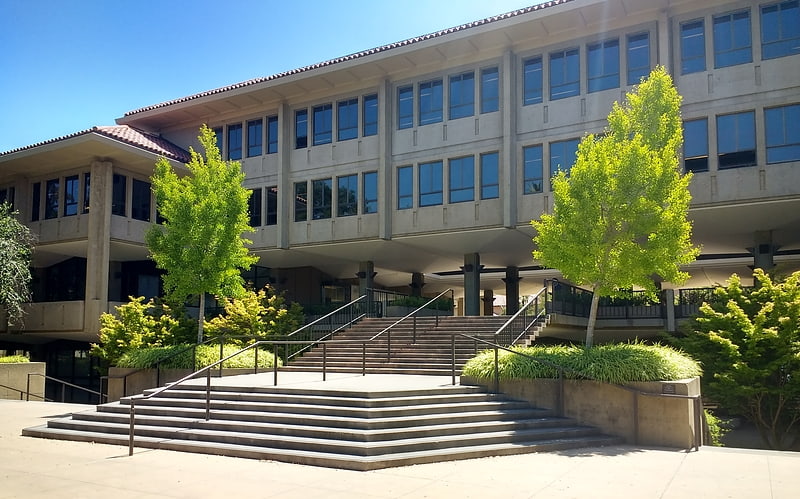
Library in Stanford, California. The Lathrop Library is one of several libraries at Stanford University in California. It is the current undergraduate library and houses the East Asia Library. Part of the Stanford University Libraries system, it opened on September 15, 2014 and houses collections and services formerly located in J. Henry Meyer Memorial Library, which was demolished in 2015. The library is located in a renovated building formerly occupied by the Stanford Graduate School of Business.[32]
Address: 518 Memorial Way, 94305 Stanford
Hostess House
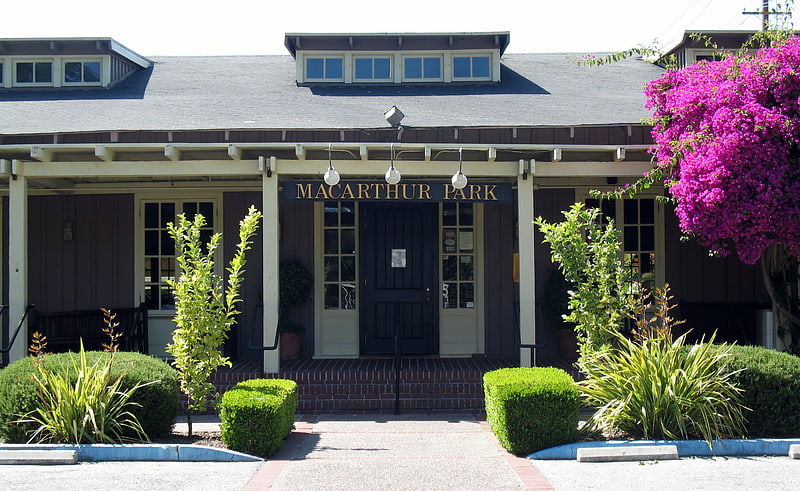
The Hostess House is a historic house in Palo Alto, California. It was built in 1918 by the YWCA for members of the United States Army to meet their relatives while they were still serving in World War I. The Hostess House was originally located in Camp Fremont.
The building operated as a hostess house from May through October 1918. The house was designed by architect Julia Morgan. It has been listed on the National Register of Historic Places since July 30, 1976. The building moved locations after World War I ended and was repurposed into a municipally sponsored community center, the first in the nation.[33]
Meyer Green

Library in California. The J. Henry Meyer Memorial Library was a library at Stanford University in California. It was dedicated on December 2, 1966. In 2007, a seismic assessment identified $45 million in required retrofits, more than the cost of a new library elsewhere on campus. Consequently, the library was designated for closure and a new design was accepted featuring a public open space area at the site. The library closed permanently on August 22, 2014, and was demolished during the months of February and March, 2015.
Designed by architect and Stanford alumnus John Carl Warnecke, Meyer Library's arcades featured high columns and vaulted ceilings. It was a four-story building with a sloping tile roof, and the outer sides of the building were lined with vertical bands of tall windows. The inner, central section of each side of the building was covered with a mesh of small windows.
The first floor of the Meyer Library consisted of several seminar rooms, a computer cluster, and a 24-hour study room. The first floor was open 24 hours a day, seven days a week. The second floor was the home of Academic Computing and Residential Computing, which provided technological expertise and resources to faculty and students. There was a specialized Multimedia Studio and a Digital Language Lab. The Meyer Technology Services Desk provided direct troubleshooting and consulting services. The third floor contained library systems and offices.
The fourth floor housed the East Asia Library, which has a vast Chinese collection of over 300,000 volumes, a Japanese collection of over 100,000 volumes, and a Korean collection of over 10,000 volumes. This collection was moved to the new Lathrop Library.[34]